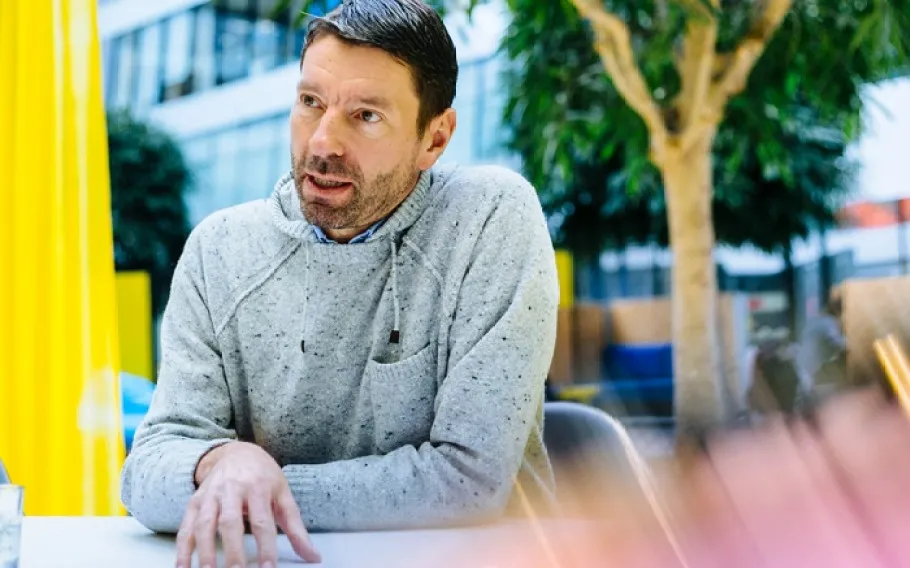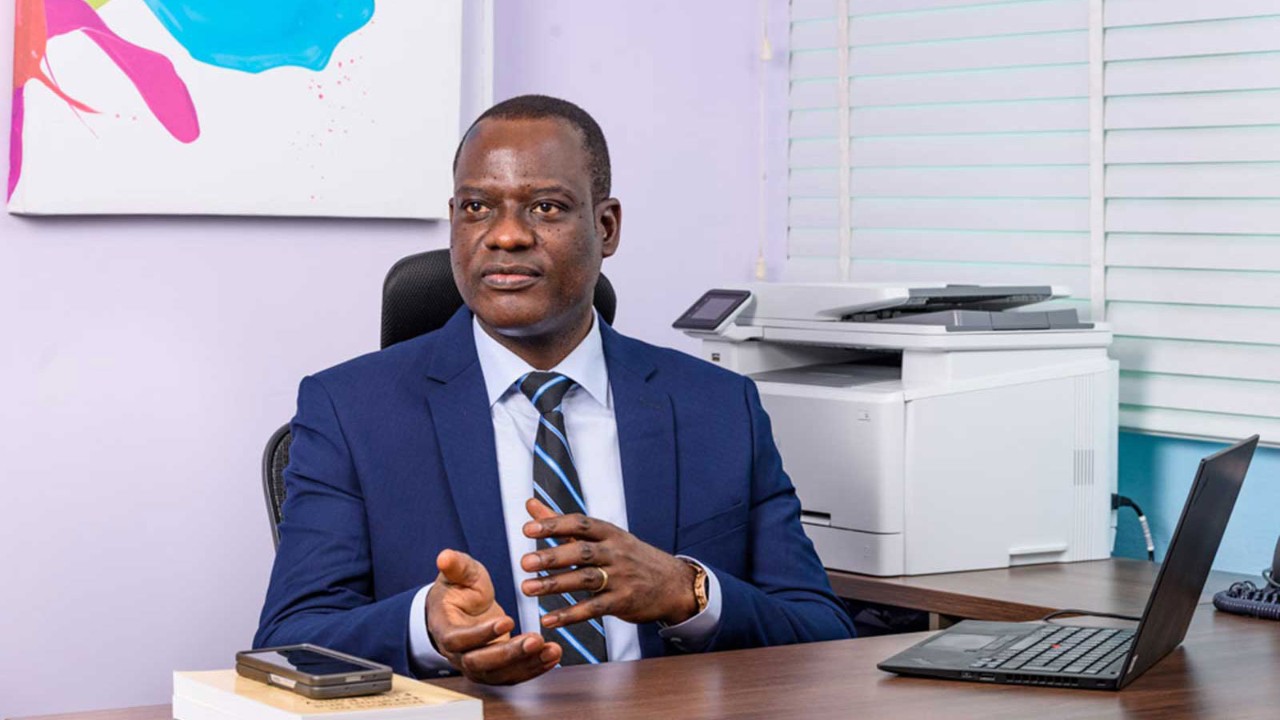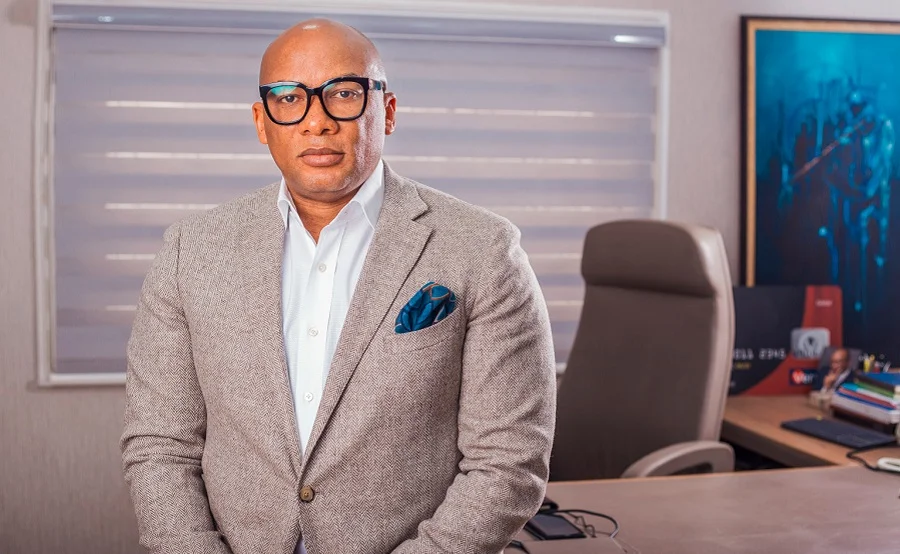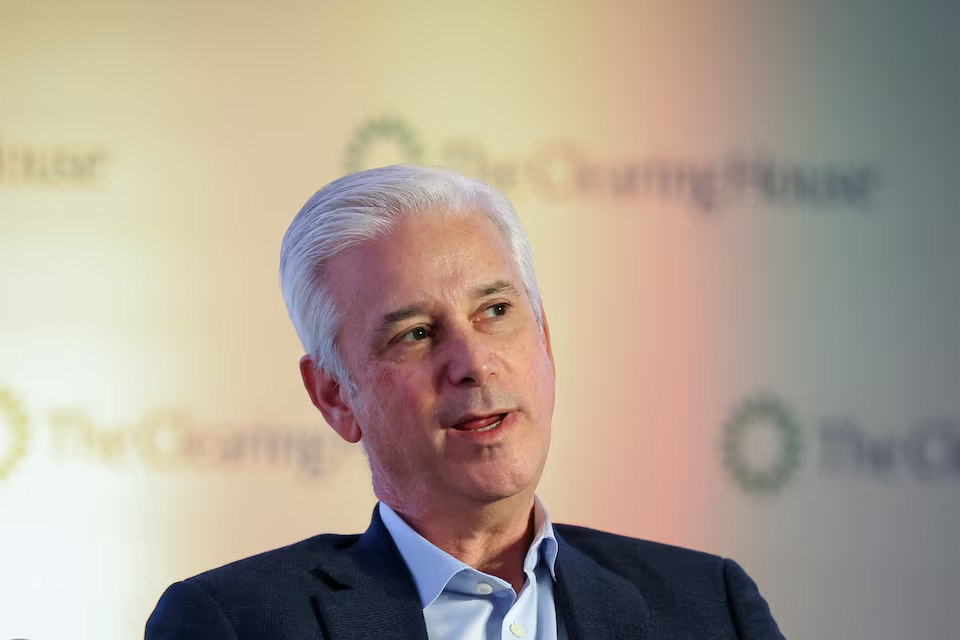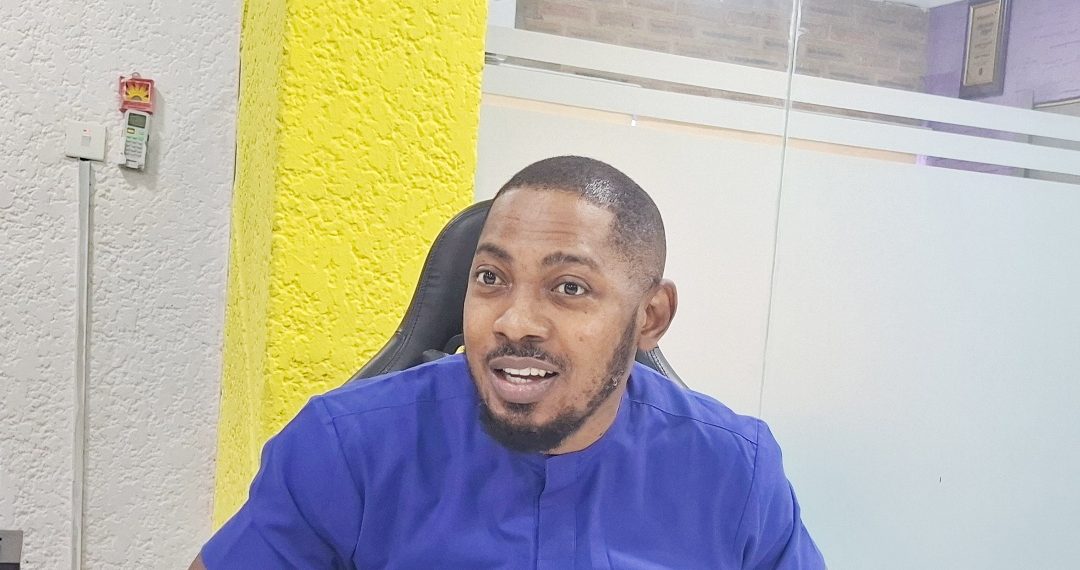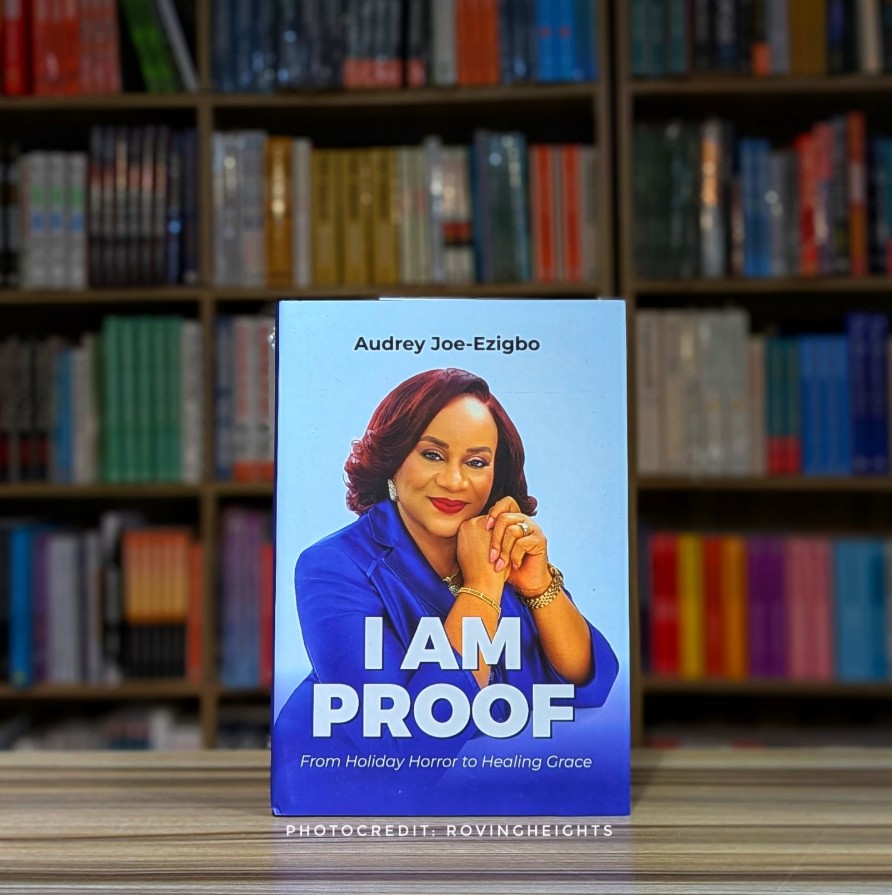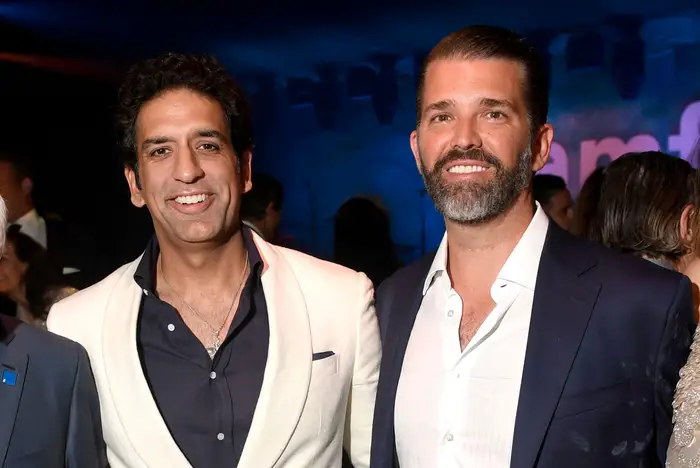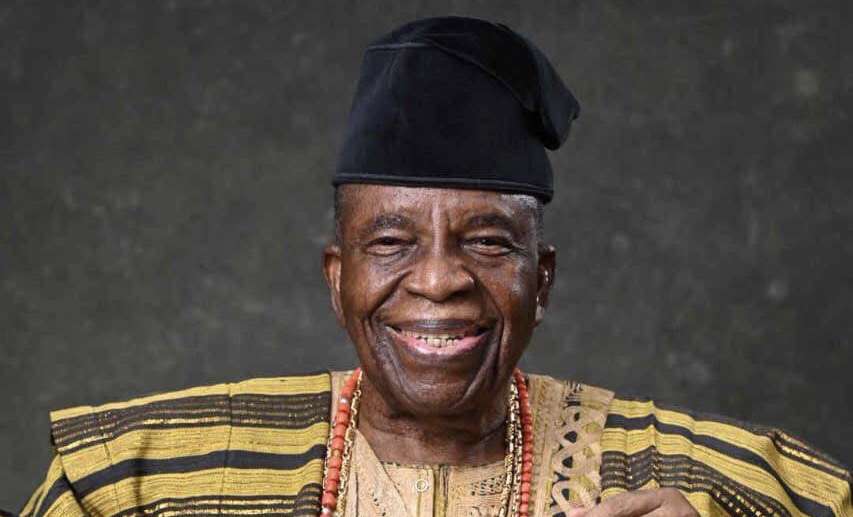Adidas, Europe’s largest sportswear manufacturer and the world’s second biggest after Nike, remains a defining force in global sports culture. In the past year alone, the brand sold more than 400 million pairs of shoes, over 450 million pieces of apparel, and 110 million sports equipment items, from footballs to basketballs.
Its three-striped insignia has become synonymous with excellence, worn by elite athletes and major teams such as Manchester United, and amplified through bold partnerships with entertainment icons like Kanye West and Beyoncé. On Leaders with Lacqua, CEO Kasper Rørsted offered a rare look into the company’s vision, challenges and evolution.
When asked whether Adidas is now a fashion company or a sports company, Rørsted was firm: “We are by far a sports company,” he said. Founded in 1924 to build the best possible shoes for athletes, the brand still sees sport as its heartbeat, with two-thirds of its global business tied directly to performance sports. Yet he acknowledged that fashion is now an inseparable part of the story, driven by the global rise of athleisure and changing lifestyles.
With consumers increasingly dressing down and choosing style that combines comfort and identity, Adidas finds itself at the intersection of performance and pop culture. Still, for Rørsted, the company’s focus is not on competing with Nike alone, but on expanding the wider sportswear market. “It would be wrong to reduce the global sports market to just two competitors. I wake up every morning wanting to grow market share and margin, not to beat one competitor,” he stated.
Rørsted stressed that Adidas’ strategy is rooted in balance, combining growth with profitability. “Just growing for the sake of growing has no value. Expanding margins while losing market share also has no value. We must do both.” Over the past four years, Adidas has increased its business by 40 percent while also widening operating margins.
To stay competitive, he said, the company studies local trends closely in its most important regions such as China, India, Japan, North America and Europe. China in particular has become its most dynamic market, where Western influence meets fast-rising local brands and daring fashion trends. Adidas has responded by embracing co-creation, working with the Chinese government and the German Football Federation to train more than 20,000 football coaches and integrate sports into school programs.
For younger consumers, it has launched experimental labels such as Neo, tapping into demand for bolder colors and personal expression. Coolness, Rørsted explained, is ultimately measured by sell-outs, cultural relevance, and digital impact, including the 1.2 billion social media impressions Adidas recorded within 24 hours of announcing its partnership with Beyoncé.
Celebrity and athlete partnerships remain a central pillar of Adidas’ global strategy. The brand continues to collaborate with stars like Pharrell Williams and Stella McCartney, while expanding its roster of elite athletes, including world champion skier Mikaela Shiffrin. For Rørsted, elevating female athletes is both a cultural mission and a commercial priority, as women’s sports and women’s spending power continue to grow around the world.
The CEO also underscored that the future of Adidas is tied to sustainability. From eliminating single-use plastics at its sites, to sourcing 100 percent sustainable cotton, to producing millions of shoes made from recycled ocean plastic, the company has positioned environmental responsibility at the center of its long-term strategy.
During the interview, Rørsted wore a recycled-cotton hoodie from Stella McCartney’s collection to emphasize how Adidas transforms innovation into performance gear, not merely statements. He explained that early ocean-plastic footwear was rigid and imperfect, but research partnerships, particularly with Parley for the Oceans, have transformed waste into high-performance materials now used across shoes, clothing, swimwear and outdoor lines. Importantly, Adidas refuses to charge more for sustainable products.
“People say they want sustainability, but they want the price of a normal product,” he said, emphasizing the company’s commitment to scale rather than short-term margins. Adidas has also pledged to use only recycled polyester by 2024.
From performance innovation and celebrity influence to sustainability and market expansion, Adidas is not just outfitting athletes. It is shaping global lifestyle and culture. Under Rørsted’s leadership, the brand continues to embrace its sporting roots while running confidently toward the future.


